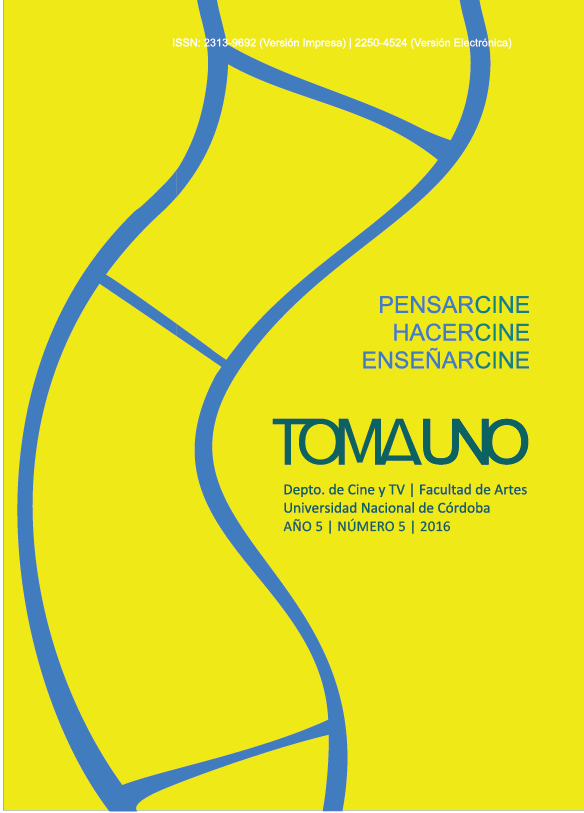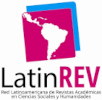Technological Audiovisual Poles Program. Case analysis: Polo Centro Este
DOI:
https://doi.org/10.55442/tomauno.n5.2016.17213Keywords:
Public policy, Audiovisual Production, Access, Promotion, FederalAbstract
In 2010 the Government implemented the Polos Audiovisuales Tecnológicos (Technological Audiovisual Hubs) program, a federal public policy based on partnership between groups with the aim of giving professional status to the audiovisual sector in the provinces, thus bridging the gap with the capital of the country.
The program proposed to democratize the access to the TV production as well as consumption, generating content of different nature, but as a marked cultural bias that reflected the identities of each region, creating an important audiovisual archive.
Carried out by the Ministry of Planning and the National Inter-University Council it aimed at generating a system of production which will not require any subsidy in the medium term. Due to administrative, communicative and supportive reasons related to the sustainability of the Programme, this was once interrupted because of the State withdrawal, affecting not only the completion of all the selected projects but also the necessary continuity for the permanent implementation of this system.
Downloads
Downloads
Published
How to Cite
Issue
Section
License
This work is licensed under Creative Commons Attribution-NonCommercial-NoDerivs 2.5 Argentina .


































